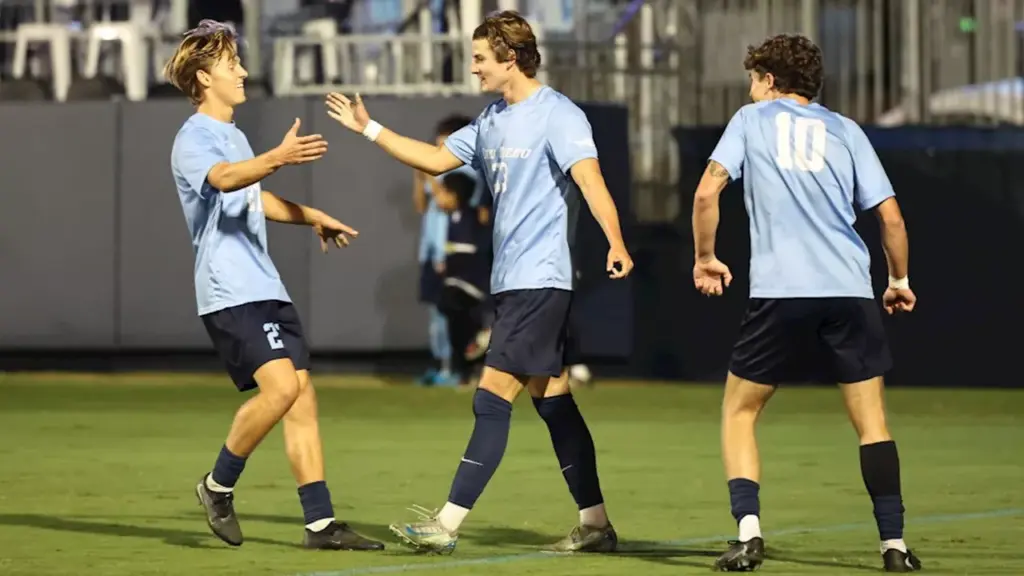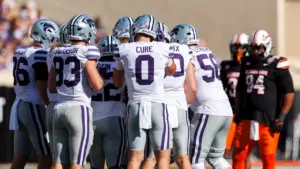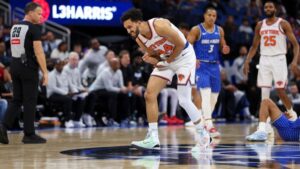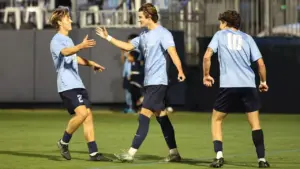
The University of San Diego (USD) men’s soccer team begins its NCAA Tournament journey on Sunday, March 10, 2024, with a strong reputation and high expectations. The Toreros, who finished the season with an impressive record of 13-2-3, secured a first-round bye and are ranked as the No. 9 overall seed. Their opponent, the Grand Canyon University Antelopes, advanced to the second round after upsetting UCLA in a penalty shootout.
USD’s recent success in men’s soccer highlights a unique aspect of the sport at the collegiate level. Unlike many other athletic programs, this sport offers opportunities for smaller programs to compete with larger, more financially endowed institutions. As USD head coach Brian Quinn noted, “There are opportunities if you get the right set of circumstances.” This sentiment resonates across the landscape of men’s college soccer, where parity is more common than in other sports.
The Toreros have established themselves as a formidable force, winning their fourth consecutive West Coast Conference title. Coach Quinn emphasized the importance of their historical performance, stating that “USD has proven to be a powerhouse” in the sport. This recognition from peers, including Yossi Raz, head coach of UC Irvine, underscores the growing respect for USD’s soccer program, especially after their victory over the Anteaters earlier this season.
In recent years, the landscape of NCAA men’s soccer has shifted. Traditional powerhouses from major conferences have not dominated as they do in sports like basketball and football. The reigning NCAA champions, the Vermont Catamounts, exemplify this trend, showcasing how smaller programs can achieve significant success. The College Cup, which is akin to the Final Four in collegiate basketball, has seen teams like Marshall and Denver also make deep playoff runs, indicating that talent is widely distributed across various conferences.
The current structure of men’s college soccer allows for a blend of competition between larger programs and mid-major teams. According to the latest rankings, only nine of the top 25 teams belong to power football conferences, illustrating that success can emerge from unexpected places.
As the tournament progresses, the field remains diverse. Alongside storied programs like Maryland and North Carolina, teams from mid-major conferences such as Hofstra and Western Michigan have made headlines by defeating higher-seeded opponents. This unpredictability adds to the excitement of the tournament, as teams like USD continue to emerge as contenders.
The dynamics of recruiting in men’s soccer also contribute to this competitive balance. Unlike other athletic programs, where perceptions may be influenced by conference prestige or football success, many athletes from abroad are drawn to opportunities regardless of a school’s affiliation. The international presence on rosters is significant; for example, the Toreros have players from various countries, including England, Brazil, and Germany, alongside local talent from Southern California.
Kimya Massey, USD’s athletic director, highlighted the importance of investment in men’s soccer, stating, “You don’t have a dramatic difference in investment in some conferences as others.” This investment has allowed USD to build a competitive team that can challenge for national recognition.
As the Toreros prepare for their matchup against Grand Canyon, they do so with the knowledge that the tournament is an open field. The nature of soccer—with its potential for upsets and the unpredictable nature of a single-elimination format—ensures that any team has a chance to win. Coach Raz echoed this sentiment, saying, “That’s the beauty of our game. … It’s the people’s game.”
The upcoming match at USD’s Torero Stadium promises to be an exciting showcase of talent, determination, and the spirit of collegiate athletics. With the support of their fans and a strong team dynamic, the Toreros aim to make a deep run in the NCAA Tournament, continuing to challenge the norms of men’s college soccer.







